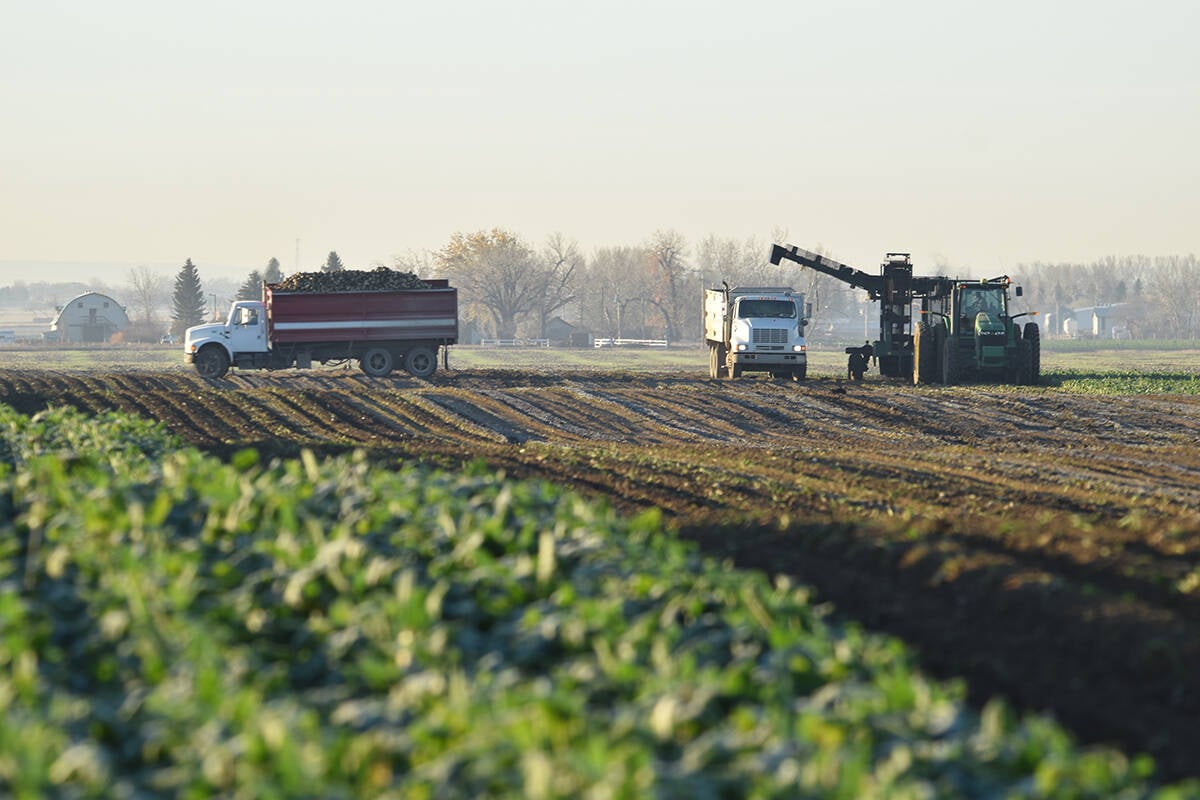WINNIPEG (Staff) – Farm leaders say Ottawa should practise what it preaches when it urges the various players in the agricultural industry to do a better job of working together.
A major theme of last week’s government-sponsored conference on the future of agriculture was the need for strategic alliances, improved communications and more co-operation among producers, processors and marketers.
But during several of the panel discussions, farm leaders said it would be nice to see the same degree of communication and co-operation within government itself.
Read Also

Canada the sole G7 nation without a Domestic Sugar Policy to aid local sugar beet production
Canadian sugar beet industry vastly different to US with free-market system compared to protective government-regulated sugar program
“Even within Agriculture Canada I’m not even sure that one section knows what another section is doing,” said Sally Rutherford, executive director of the Canadian Federation of Agriculture.
The lightning rod for the discontent, particularly in the livestock industry, is the introduction of cost recovery fees for such things as meat inspection, grading and veterinary services.
Rutherford said in an interview the issue isn’t so much the fees themselves as the apparent lack of an overall plan.
“Frankly we’ve all been driven nuts by a proliferation of processes that don’t necessarily connect,” she said. “There doesn’t appear to be any real co-ordination.”
Primary producers are often told one thing by one division of the department and then a week or two later hear a different story from someone else. That leads to the frustrations that producers expressed several times during the two-day conference, she said.
Those comments were echoed by Valerie Shore-Cron, vice-president of the Canadian Livestock Exporters’ Association.
During a panel discussion on improving competitiveness, she said that too often Agriculture Canada seems to look at related issues in isolation from each other and doesn’t think through all the ramifications for farmers.
“That can stop us from being competitive,” she said.
Talk with industry
In an interview later, she said government should sit down with industry groups to decide exactly which programs are needed and which aren’t.
“Our concern is we’ll end up with ineffective programs and services because they’re underfunded and maybe others are left that we could do without.”
Art Olson, assistant deputy minister of agriculture, said in an interview the government made clear in its 1995 budget the kinds of changes that were coming and people shouldn’t be surprised now.
“There are a lot of program shifts that people really don’t want to hear about,” he said. “They hear what they want to hear.”
He rejected any suggestion that there hasn’t been proper co-ordination or planning within the department on the changes, and said some people are overreacting. For example, the inspection and quarantine budget is more than $300 million, while cost recovery fees are expected to raise less than $40 million: “So you’re not looking at a large dollar impact.”
Olson said he doesn’t mind hearing the government’s performance criticized.
“Messages like that are very much what I was hoping to hear,” he said. “It gives me an idea of either where we’re not getting the message through or not talking to the right people.”














